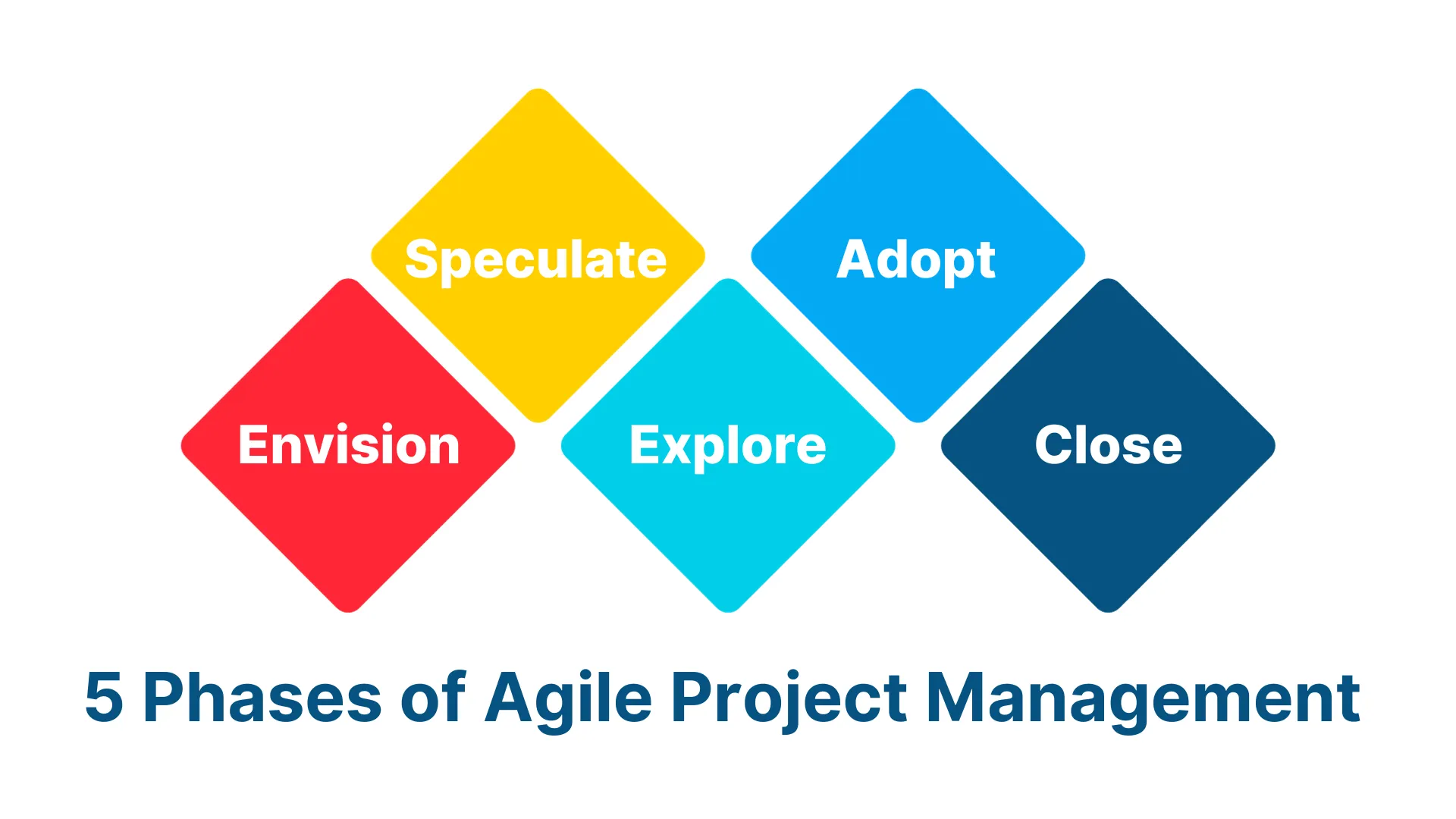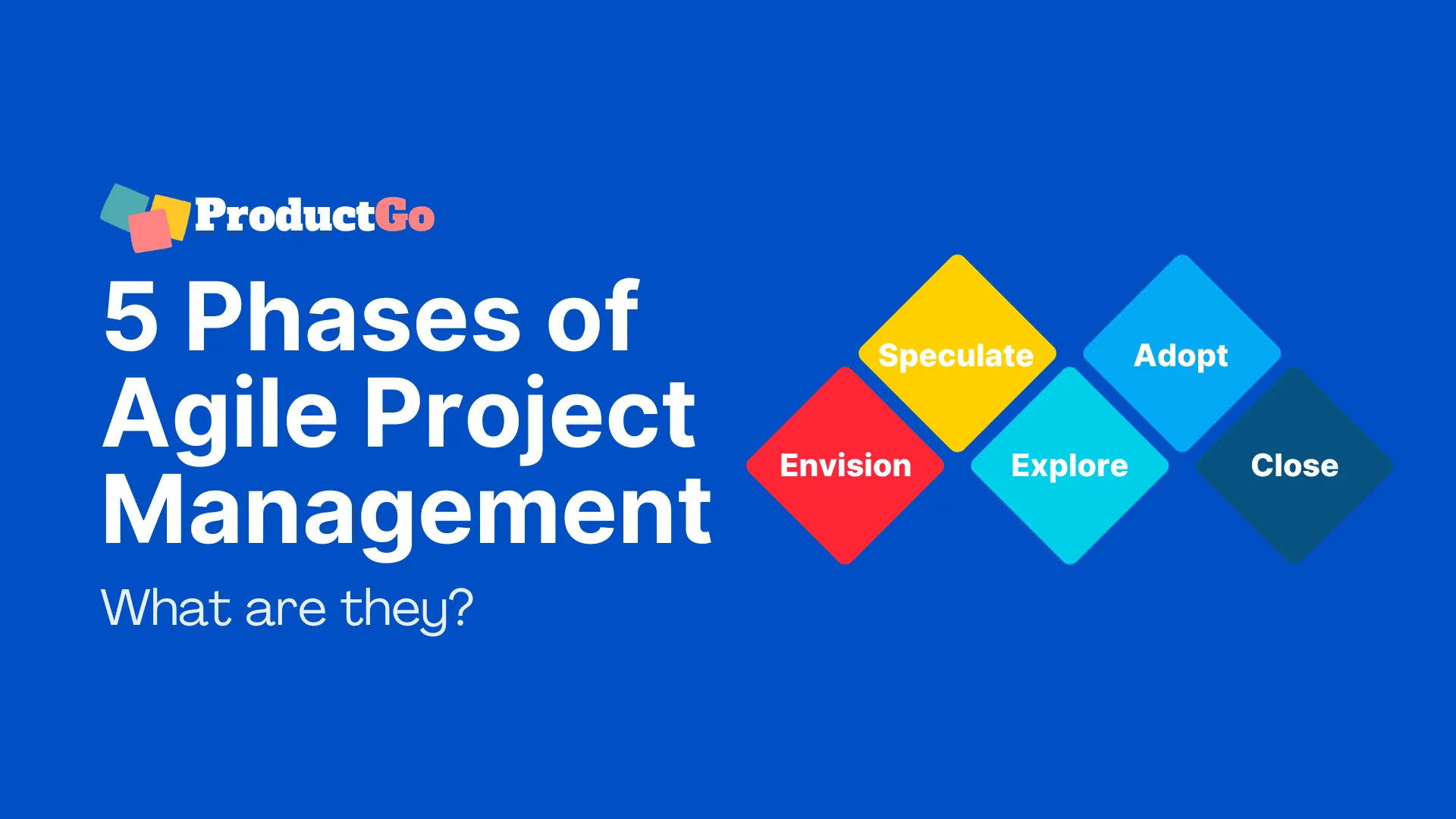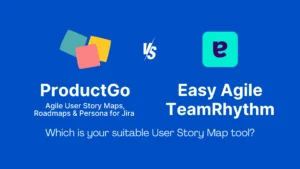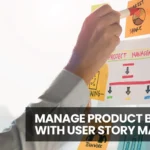Agile Project Management has revolutionized how projects are approached and executed in various industries, especially in software development. At its core, Agile is a methodology that emphasizes flexibility, collaboration, customer feedback, and the rapid delivery of high-quality products. This adaptability allows teams to respond effectively to the unpredictability of project demands and changing customer needs.
Understanding the five phases of Agile Project Management is crucial for anyone looking to implement or work within an Agile framework. These phases, though more fluid and overlapping than those in traditional models, provide a structured approach to managing projects dynamically.
Table of Contents
I. What is Agile Project Management?
Agile Project Management is a flexible, collaborative approach used in technology-related fields. It breaks projects into small, adaptable portions called iterations or sprints. Agile emphasizes direct communication, flexibility to change, and quick delivery of functional product components, allowing for rapid deployment and necessary pivots.
Agile offers a fluid, adaptive approach, unlike traditional project management methodologies like the Waterfall model. Traditional methods focus on detailed planning, linear execution, and strict adherence to plans, making changes difficult and costly. Agile, however, uses an iterative process where planning, execution, and evaluation occur concurrently, allowing for flexibility, frequent updates, and products that align with customer needs and market changes.
Related content: Agile Project Management Principles
II. The Five Phases of Agile Project Management
Each phase focuses on different aspects of the project lifecycle, which are as follows:

1. Envision
The Envision phase is the cornerstone of Agile Project Management, setting the stage for the entire project. It’s where the vision, goals, and high-level objectives of the project are defined. This phase is crucial as it aligns the team and stakeholders around a shared understanding and sets clear expectations.
By laying the groundwork in the Envision Phase, APM teams set themselves up for success, ensuring that the project starts with a clear direction, aligned stakeholders, and a shared understanding of the desired outcome.
2. Speculate
Unlike traditional methods that rely on detailed, fixed plans, this phase encourages a flexible, adaptive approach. It involves creating a broad roadmap, outlining how the project might progress, but it’s open to changes and iterations based on ongoing feedback and learning.
This phase also emphasizes collaboration and brainstorming. The team engages in creative thinking to explore different approaches and solutions, considering the best possible paths for project progression.
3. Explore
The Explore phase in Agile Project Management is where ideas turn into action. It’s characterized by iterative development, where the project begins to take shape through continuous cycles of building, testing, and refining.
Key Highlights of the Explore Phase:
- Iterative Development: Breaking down the project into smaller, manageable parts for gradual completion.
- Continuous Testing and Feedback: Regularly assessing progress and incorporating stakeholder feedback for improvements.
- Adaptive Learning: Learning from each iteration and adapting the approach accordingly.
This phase is the heart of Agile, embodying flexibility and responsiveness, ensuring the project evolves effectively towards its goals.
4. Adapt
In the Adapt phase, the team takes a step back, reflects on the progress made, and embraces the dynamic nature of the project. This crucial stage involves reviewing completed features, gathering feedback, and identifying areas for improvement.
With this valuable input, the team seamlessly adapts the project’s direction, ensuring it remains aligned with evolving requirements and user expectations.
In this phase, agility is key. It’s about embracing change, not resisting it, and ensuring the project remains aligned with its goals and responsive to evolving requirements.
5. Close
The Close Phase, the fifth and final stage in APM, marks the culmination of a project journey. In this phase, the team formalizes the project’s completion, celebrates achievements, and captures valuable lessons learned to inform future endeavors.
By effectively navigating the Close Phase, APM teams bring the project to a successful conclusion, capturing valuable lessons learned and celebrating the team’s achievements. This formal closure sets the stage for future projects to build upon successes and continuously improve project management practices.
III. Integrating the Phases into Agile Workflows
Integrating the Five Phases of Agile Project Management into workflows creates a cohesive and dynamic process, essential for navigating the complexities of modern projects.
Cohesive Flow of Phases
The phases flow seamlessly: from Envision, where goals are set, to Speculate, where flexible plans are made. This leads to Explore, involving iterative development and constant learning. Adapt then refines the project using these insights, and finally, Close wraps up the project, emphasizing reflection and learning.
Flexibility and Responsiveness
Agile thrives on flexibility. Each phase allows for adjustments based on new information or changing circumstances. This responsiveness ensures that the project remains relevant and effective, even as external conditions evolve.
Adapting to Change and Uncertainty
Agile is designed to handle uncertainty. By breaking down the project into manageable parts (Explore) and continuously re-evaluating the approach (Adapt), Agile workflows can pivot quickly, embracing change rather than resisting it. This adaptability is key to Agile’s success, ensuring projects not only meet their goals but also adapt to deliver the most value in an ever-changing environment.
IV. Common Misconceptions about Agile Phases
When discussing Agile methodologies and their phases, several common misconceptions often arise. Understanding these misconceptions is crucial for effectively implementing Agile practices:
- Agile Lacks Structure: One common myth is that Agile means a lack of structure or planning. In reality, Agile phases like Envision and Speculate provide a clear framework and direction, while still allowing flexibility.
- Agile Is Only for Software Development: While Agile originated in software development, its principles and phases apply to a wide range of industries and projects. The adaptability and responsiveness of Agile make it suitable for various types of work.
- Agile Means No Documentation: Another misconception is that Agile projects do not require documentation. Agile does advocate for minimal but sufficient documentation, focusing on valuable and relevant information rather than extensive paperwork.
- Each Phase Is Rigid and Sequential: It’s often misunderstood that Agile phases must be followed in a strict sequence. In reality, these phases are iterative and overlapping. For instance, learning and adapting can happen at any stage of the project.
- Agile Ignores Long-Term Planning: Some believe Agile is only about short-term goals. However, Agile includes long-term planning (like in the Speculate phase) but in a more flexible and adaptive manner compared to traditional methods.
- Change Is Always Easy in Agile: While Agile is built to accommodate change, it doesn’t imply that change is always easy or without challenges. Effective change management is still essential in Agile environments.
Understanding these misconceptions helps in embracing the true essence of Agile and leveraging its phases for successful project management.
V. Final Words
Agile Project Management represents a transformative approach that is both dynamic and structured, challenging traditional project management paradigms. By navigating through the five distinct phases—Envision, Speculate, Explore, Adapt, and Close—teams can effectively manage projects in a way that is responsive to change, collaborative in nature, and focused on delivering high-quality results.
Embracing the principles of Agile, as detailed at User Story Mapping, allows teams to adapt to evolving needs and overcome the common misconceptions associated with Agile methodologies.













